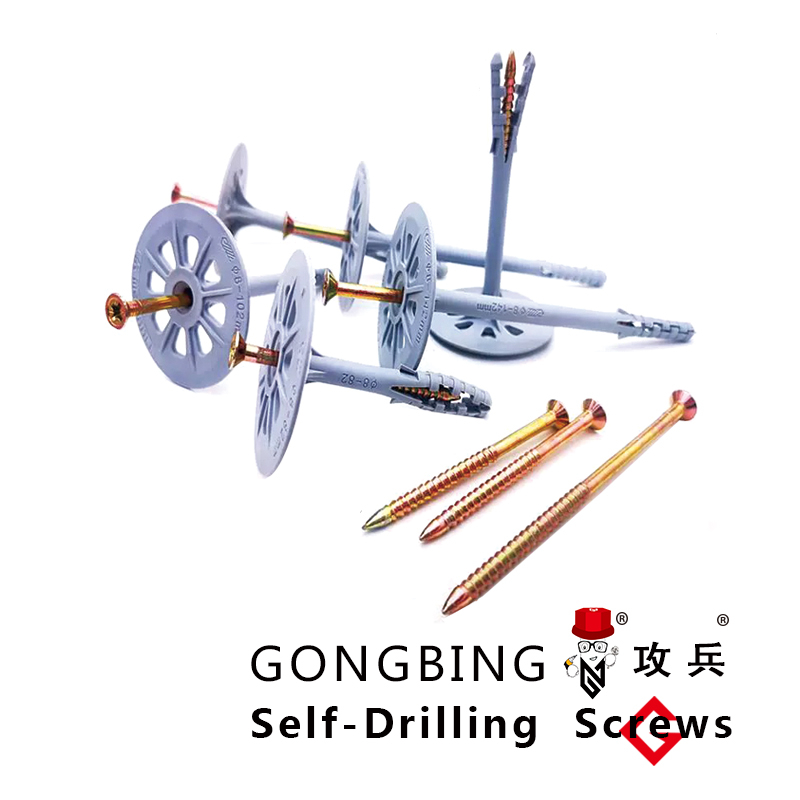Exploring the Structural Integrity of Welded Shear Connector Studs in Construction Applications
Understanding Weld Shear Connector Studs and Their Importance in Construction
Weld shear connector studs are an essential component in the field of construction and civil engineering, particularly in the design and fabrication of composite structures. These small, cylindrical elements serve a critical function in transferring shear forces between steel beams and concrete slabs, allowing for enhanced load-bearing capacity and overall structural integrity.
What are Weld Shear Connector Studs?
Weld shear connector studs, often referred to simply as shear studs, are typically made from high-strength steel. They are designed to be welded onto the top flange of steel beams before the concrete slab is poured. The tops of these studs are embedded into the subsequent concrete, creating a robust composite action between the steel and concrete. This composite action is crucial, as it significantly increases the strength and stiffness of the overall structure.
Functionality and Benefits
The primary function of shear connector studs is to facilitate the interaction between steel and concrete. When a load is applied to a composite beam, the concrete experiences compression while the steel experiences tension. The shear studs help to mitigate the relative movement between the two materials, ensuring that they act together under load. This composite behavior is vital for optimizing the structural performance, as it allows for a reduction in the amount of steel needed, hence reducing overall construction costs.
One of the significant advantages of utilizing shear connector studs in composite construction is their ability to improve load capacity. Research has shown that structures with properly designed and installed shear connectors can carry greater loads than those without. Moreover, these studs can also enhance the ductility of the structure, allowing it to absorb and dissipate energy during events such as earthquakes or impacts, thereby increasing safety.
Installation and Design Considerations
weld shear connector studs

The installation of weld shear connector studs requires careful planning and execution. They must be placed according to specific design calculations, which take into account factors such as the expected loads, span lengths, and material properties. The welding process must also adhere to stringent quality standards to ensure that the studs achieve the necessary bond with the steel beam.
From a design perspective, the number and arrangement of shear studs are dictated by detailed engineering analysis. Properly designed shear stud configurations can greatly influence the performance of composite beams, ensuring that they meet the required safety and serviceability criteria.
Challenges and Innovations
Despite their benefits, the use of shear connector studs is not without challenges. Issues such as corrosion, inadequate bonding, and premature failure can arise if not addressed during design and construction. As such, ongoing research in materials science and engineering practices is crucial to improve the durability and performance of shear connectors.
Advancements in technology have led to the development of new materials and installation techniques that enhance the reliability of shear connector studs. Innovations such as pre-fabricated connector systems and the use of corrosion-resistant materials are becoming more common, ultimately improving the longevity of composite structures.
Conclusion
In summary, weld shear connector studs play a pivotal role in modern construction, particularly in composite steel and concrete structures. Their ability to improve load capacity, ensure composite action, and enhance the overall structural performance cannot be overstated. As advancements in design and technology continue to evolve, the effectiveness and reliability of shear connector studs are set to improve, making them an integral component in the future of safe and efficient construction practices.
-
Weatherproof Plastic Expansion Anchors for OutdoorNūhouJun.06,2025
-
Sustainability in the Supply Chain: Eco-Friendly TEK Screws ProductionNūhouJun.06,2025
-
Load-Bearing Capacity of External Insulation FixingsNūhouJun.06,2025
-
Double Head Bolts: Enhancing Efficiency in Industrial MachineryNūhouJun.06,2025
-
Corrosion Resistance in Chipboard Screws: Coatings for Wholesale DurabilityNūhouJun.06,2025
-
Butterfly Toggle Bolts : Enhancing Structural ResilienceNūhouJun.06,2025
